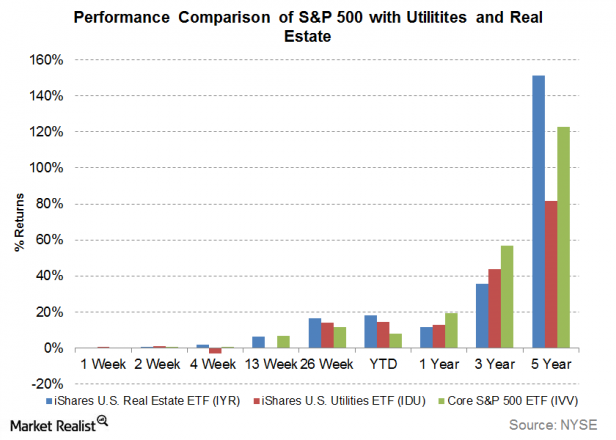Mustknow High yield bonds are risky and costly Market Realist
Post on: 14 Апрель, 2015 No Comment

Overview: Why investors should watch for asset class deception (Part 3 of 5)
Must-know: High yield bonds are risky and costly
Riskier bonds can limit diversification and look expensive too. Meanwhile in the bond market, investors have traded interest rate risk for credit risk during the past few years (and they’ve been amply rewarded for doing so).
Market Realist – According to Del Stafford of BlackRock, credit risk increases manifold for investors adding high yield bonds to their portfolio. According to Del’s observations, in a portfolio of Barclays U.S. Aggregate Bond Index (AGG ) and Barclays U.S. Government/Credit 1–5 Year Bond Index, a 15% addition of high yield bonds leads to almost a four-fold increase in sensitivity to credit spreads—from -0.41 to -1.60. This means that the investor is subjected to an increased risk of losing money.
While this strategy may limit losses when rates rise again, investors have essentially “doubled up” their equity market risk as they raise allocations to high yield bonds. As my colleague Del Stafford recently wrote, the high yield bond market has a correlation of roughly .74 to stocks. If high yield has similar risks to stocks, investors are surrendering the value of diversification and potentially taking the same bet twice.
Market Realist – One of the reasons why fixed income investing has been greatly favored by investors is because bonds help diversify the risk that comes from a pure equity portfolio. However, high yield bonds (JNK ) defeat this purpose. According to Del Stafford of BlackRock, the level of correlation between the returns of high yield indices, like the Markit iBoxx USD Liquid High Yield Index (HYG ) and the Russell 3000 Index, is as high as 0.74. The previous graph shows the co-movements of IVV and HYG. As we can see, both equity markets (SPY ) and high yield bonds are highly correlated.
According to Del’s findings, a 15% allocation to high yield bonds in a portfolio comprising of Barclays U.S. Aggregate Bond Index (AGG ) and Barclays U.S. Government/Credit 1–5 Year Bond Index, raises the correlation from zero to 0.42 which is a huge jump. So, investing in high yield bonds, instead of diversifying the portfolio risk, exposes the investor to the same risk as equities, essentially doubling the risk involved.
Continue reading the next part of the series to learn what investment ideas should be your focus.














